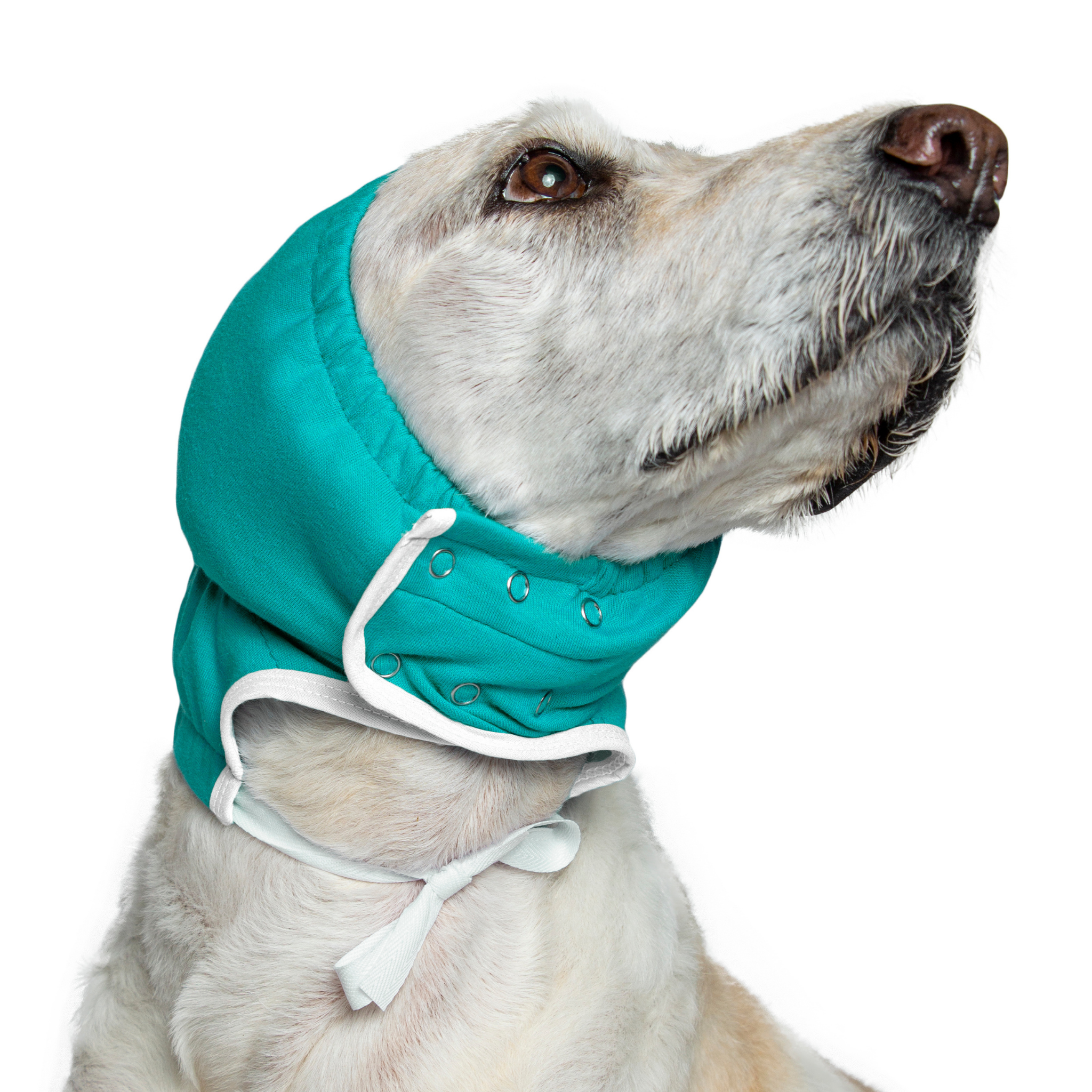

The bad news is that allowing nature to take its course can have aesthetic implications: As the blood-filled ear flap heals and contracts, scar tissue often develops, causing thickening and wrinkling that make it often noticeably different from its non-clotted counterpart. (There is a great diversity of opinion about just how painful ear hematomas are for dogs, and the only ones who know for sure aren’t talking.) They will not burst – even though by all appearance they look ready to pop – and the dog is left no worse for wear, except for having to endure the discomfort of a large blood blister weighing down her ear. The good news about hematomas is that, if left untreated, they are eventually reabsorbed. They are believed to be caused by trauma to the relatively thin tissue of the ear flap, or pinna, often as a result of head-shaking. An accumulation of blood in the ear flap resulting from a broken blood vessel, hematomas are common in drop-eared breeds like mine, though they occur in dogs of all ear types. The purplish, sausage-like lump turned out to be an aural hematoma. So imagine my dismay when I noticed that my handsome old Rhodesian Ridgeback, Blitz – he of the two gorgeously symmetrical triangles held crisply and smartly against his graying face – had what appeared to be a frankfurter growing on the edge of his right ear. In other words, while they have a utilitarian function (and an important one at that) they have a cosmetic one, too.

Canine aural hematoma windows#
If eyes are the windows to the soul, then the ears are its curtains: Whether they are minimalist Roman shades or fringed swags that would make Scarlett O’Hara blush, a dog’s ears frame her face and set off her expression.


 0 kommentar(er)
0 kommentar(er)
